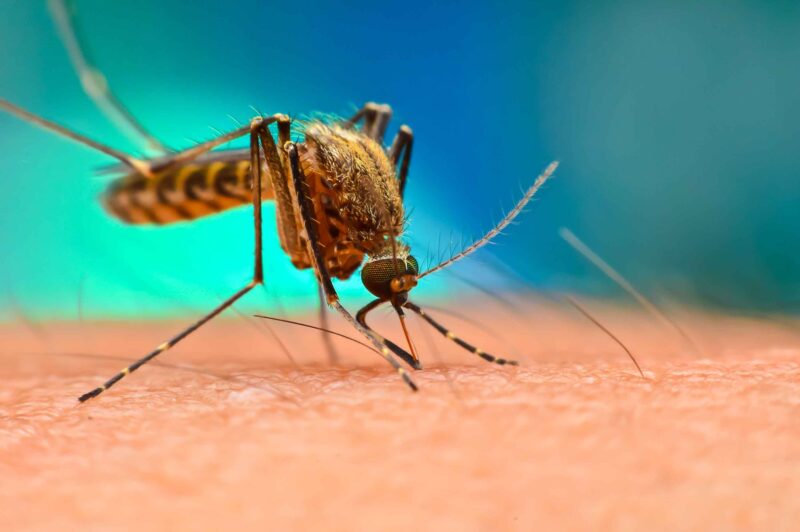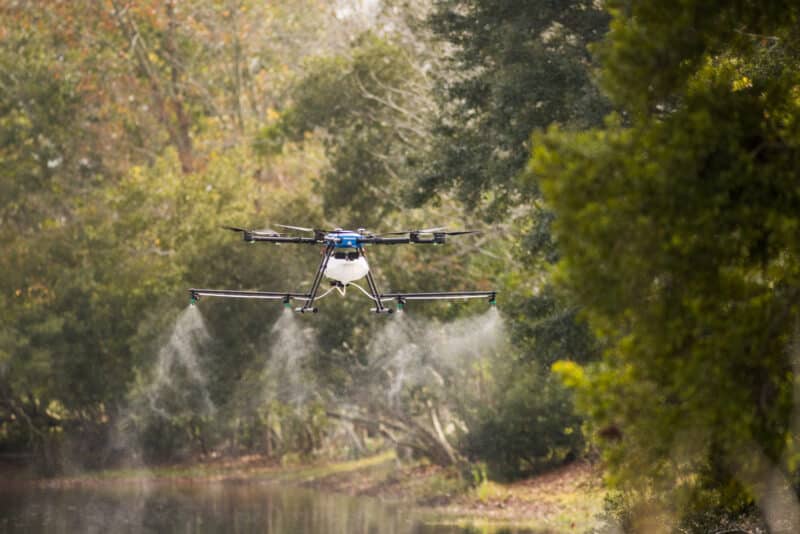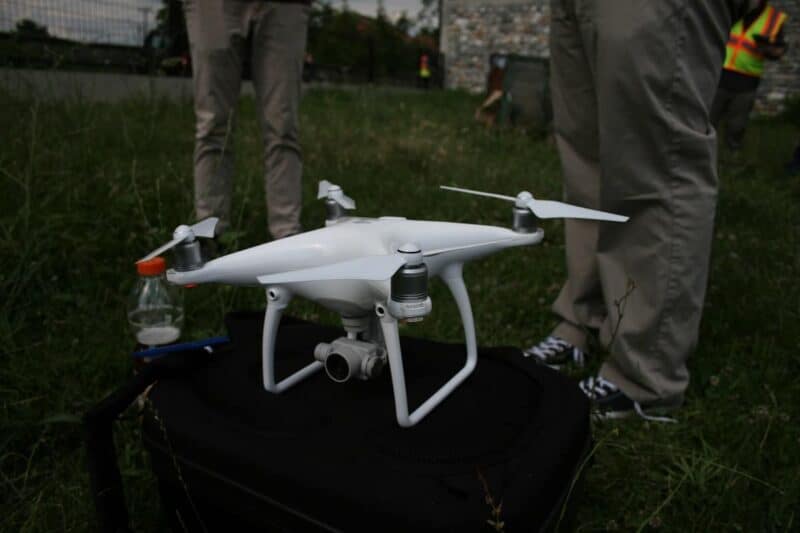A drone mosquito killer is now a possible ally in getting rid of these insects. Southern California’s marshlands are perfect breeding places for mosquitoes. It is one of the targets of the drone mosquito killer.
The Technology
The Orange County Mosquito and Vector Control District has deployed interventions like the new drone mosquito killer. This new mosquito control tool can attack mosquito populations in parks, marshes, and large ponds. Female mosquitoes go to these bodies of water to lay their eggs. The larvae hatch in the water. They then develop there until they are ready to fly.

More rain in California allows mosquito populations to increase significantly. As of now, the marsh ponds are full of rainwater. Current reports show that there are three times more mosquitoes being captured now than the 15-year average. Scientists say that this is a huge rise in the mosquito population.
Environment-Friendly
The most common ways to repel or eliminate mosquitoes are sprayers via helicopters, trucks, backpacks, and airplanes. But using drones provides more targeted treatments. It also avoids ruining sensitive landscapes and disturbing wildlife looking for food or nesting. Even if the birds fly away when the drones arrive, they still come back after the drones leave.

The drone mosquito killer is safe for the environment. It does not harm the animals and plants in the area. Mosquito larvae feed on bacteria. They are filter feeders. The bacteria from the drone mosquito killer enter their guts and regulate their growth. Then, the bacteria burst open their stomachs. It sounds gruesome but it is a natural way to end mosquitoes from takig over. The drone operators must be licensed and skilled.
Also known as the hexacopter drone, the drone mosquito killer is filled with bacterial spore pellets. It can treat an acre of land in about two minutes. This is more than a worker can do with a spray backpack. Such an advancement in technology helps gain ground in the war against infectious mosquitoes.

What Bacterial Spore Pellets Are
The drone mosquito killer is armed with BTI or Bacillus thuringiensis isrealensis. This species of bacteria is found in the soil. It is a larvicide. BTI prevents mosquito larvae from reaching adulthood. It has been used for controlling mosquito populations for at least 30 years. Local governments use BTI in large-scale controlling mosquito populations. The larvae eat the bacterial spores. The bacteria produce toxins that kill off these insects.
Using BTI
Here are some of the common ways BTI can be used:
- You can add BTI to stagnant water and containers that cannot be turned over, emptied out, or covered. Some examples are fountains, pools, and ornamental ponds.
- Use BTI as directed as this bacteria species comes in liquid, tablets, or pellets.
- BTI can be part of a mosquito management plan for decreasing the number of infectious mosquitoes in a specific area.
- This EPA-approved mosquito killer can be used in agricultural, residential, and commercial settings. Many organic farms use BTI.

A drone mosquito killer can help win the battle against infectious mosquitoes and harmful diseases. This type of mosquito weapon decreases the carbon footprint. It is effective and safe to use around wildlife and humans. Each area susceptible to deadly mosquito-borne diseases must have a drone mosquito killer. Scouting the areas with these drones can help treat them and prevent diseases.